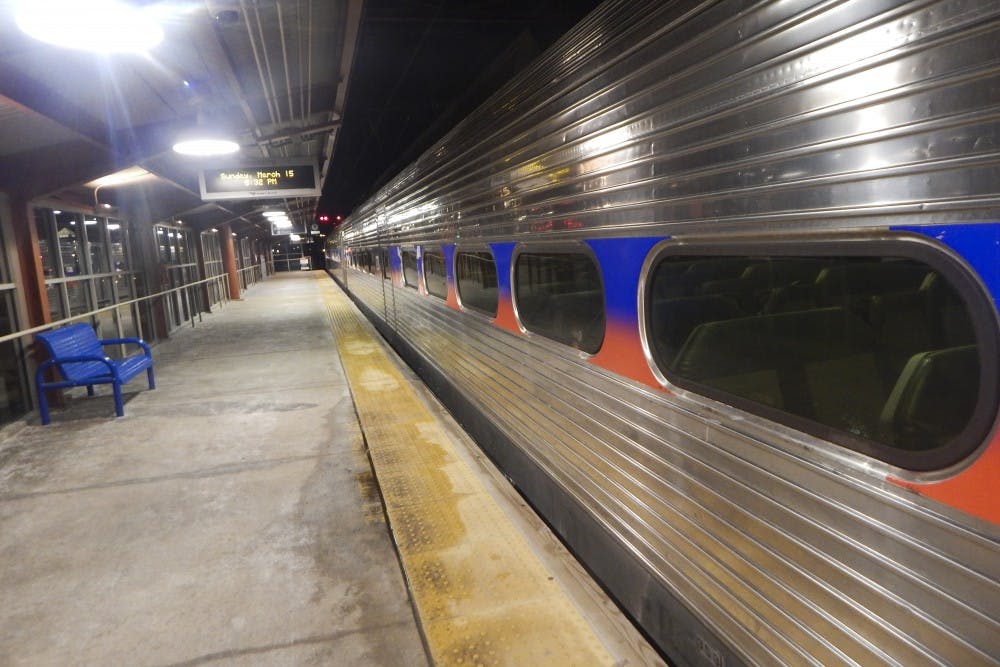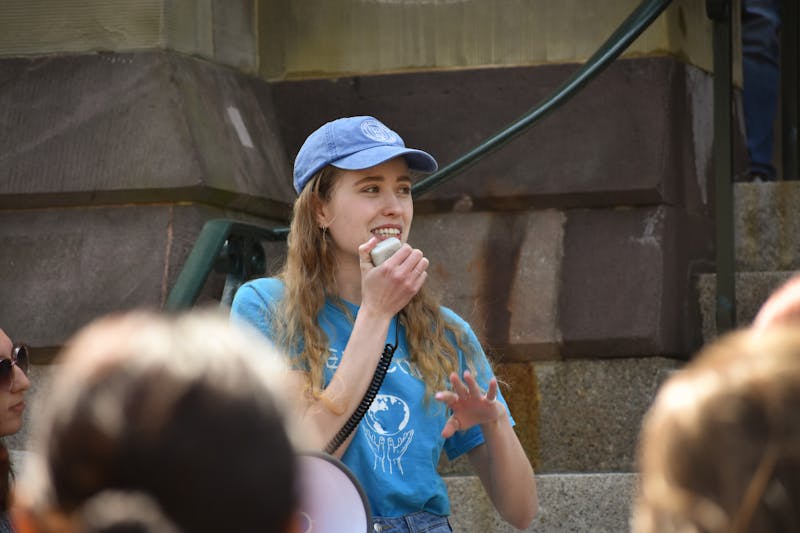
Just a day before Election Day, SEPTA and its workers union reached an agreement to end the strike that has impacted Philadelphia public transit for the past week.
All of SEPTA’s 120 Silverliner V train cars are out of commission and likely won’t return until at least Labor Day, bumping up against the beginning of the fall semester.
The mechanical issues, which have decimated SEPTA’s commuter rail fleet and decreased daily rider capacity by half, stemmed from cracked equalizer beams within the cars’ suspension systems, according to PlanPhilly.com. This caused the affected cars to be immediately pulled from use.
The abrupt changes to SEPTA’s schedule are causing organizational problems for many as they commute to West Philly. For a significant portion of Penn students, faculty and staff that commute from the edges of the city or outside of it, the rail changes are causing significant interruptions to their usual schedule.
Betsy Bates, a special projects manager at the Kislak Center for Special Collections, Rare Books and Manuscripts at Van Pelt Library, had to start driving to work to get there on time, because the earliest train option — at 7:30 a.m. — is too late for her.
She commented that some of her colleagues “have changed their work hours; others are car-pooling,” but that either way, “everyone is trying to adjust and finding it difficult.”
At a press conference on July 8, SEPTA officials noted that ridership on both the Market-Frankford and Broad Street subway lines had increased by 2.5 percent last week, and that that number could go up as more commuters return from holiday vacation and become aware of the changes.
The reduced capacity has caused almost all Regional Rail lines to operate on modified weekend schedules, reducing the number of trains down to an average of one per hour.
Rising College sophomore Derek Willie added that his commute from Jenkintown on Regional Rail has experienced significant delays.
“Most trains that come through the station are either already full or extremely tardy,” he said, adding that it is now difficult for him to get to work on time at 8 a.m.
“My bosses understand, but I end up missing important work hours and losing pay,” said Willie.
The changes to the rail schedule have also echoed beyond the Regional Rail line, causing increased traffic and increased stops along several bus and rail lines.
Rising Engineering junior Kaylin Raby takes the Norristown High Speed Line, which usually only makes three stops on its way from the 69th Street Transportation Center out into Norristown. However, the decrease in Regional Rail service to that area has caused Raby’s train to switch from high speed to local, now making a total of 19 stops on the average weekday.
Raby said that while she was vaguely aware of an announcement SEPTA had made regarding rail operations, she “was surprised my train took way longer that first day, because it’s not Regional Rail, and I was late to work.”
Raby added that she now has to leave her house 20 minutes earlier to catch an earlier train so that she can still get to work despite the added commute time.
The Daily Pennsylvanian is an independent, student-run newspaper. Please consider making a donation to support the coverage that shapes the University. Your generosity ensures a future of strong journalism at Penn.
DonatePlease note All comments are eligible for publication in The Daily Pennsylvanian.







